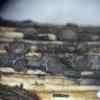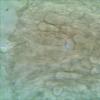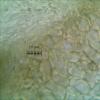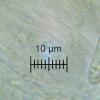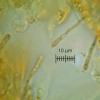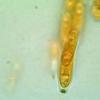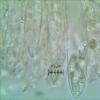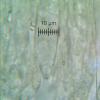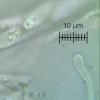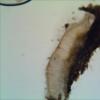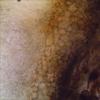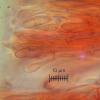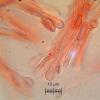
12-10-2013 21:17
 Maren Kamke
Maren Kamke
Hi everybody, on the coast we found an ascomycete

11-10-2013 10:45
Eike HeinemannHello otherPezizaceae I found this yesterday with

12-10-2013 07:05
 Christian Lechat
Christian Lechat
Dear friends,I look for the following paper: Nectr

11-10-2013 19:23
 Bometon Javier
Bometon Javier
Hola a todosAlguna idea para este ascomiceto amari

10-10-2013 16:56
 Alex Akulov
Alex Akulov
Dear Friends,on the bark of the dying branches of

10-10-2013 18:05
SYLVAIN ARDBonjour, Quelques-uns m'avaient demandés comment

09-10-2013 20:16
This White "Scutellinia" was in the same damp rut

07-10-2013 20:56
Marcus YeoI recently found this discomycete on dead stems of
 Hi everybody,
Hi everybody,on the coast we found an ascomycete on Nimonium vulgare.
Apothecia 1,2 mm wide, dark grey with lighter margin, sessile. Spores hyalin cylindrical to ellipsoid, (16-20) 18,2 x 4,9 (4,5-5) µm, filled with guttules to 75 %. Asci 80x11 µm, Ikl porus-reaction blue to violett (hymeniscyphus-type?), with croziers. Paraphyses clavate apical up to 4 µm. Margincells inconspicuous.
I hope you could help me because I can't make more examinations, there ist no fungus left :(.
Thanks
Regards Maren
?

habe leider nichts auf Limonium.
Aber für Caryophyllaceae mit solchen Sporenmaßen gibt es:
Laetinaevia colobanthi (S-Amerika) und
Pyrenopeziza capsulicola Petrak, auf Silene.
mehr kann ich wohl kaum helfen. Etwas erinnert es auch an eine Spilopodia.
Leider sind die Paraphysen nicht recht klar.
Zotto

vielen Dank.
Ich hatte auch schon an eine Pyrenopeziza gedacht, aber nichts passendes gefunden.
Cyberliber ist im Moment nicht erreichbar und ich habe bisher keine Literatur zu P. capsulicola? gefunden.
Hier noch zwei Paraphysenbilder. Leider war der Pilz schon so vergangen, dass wenige Einzelheiten festzustellen waren.
Gruß Maren
I had already thought of a Pyrenopeziza, but found nothing suitable.
Cyberliber is not reachable at the moment and I havn't found any literature to P. capsulicola.
Here are two pictures of the paraphyses.

Sydowia 1: 32-34
But ecologically it is quite different, growing on the uppermost peak of the alps.... :-(

Zotto

